Intellectual Property: Registration and Effects
by: Adv. Kishan Dutt Kalaskar 2023-03-30 16:34:46

by: Adv. Kishan Dutt Kalaskar 2023-03-30 16:34:46

by: Adv. Kishan Dutt Kalaskar 2023-03-30 16:20:33

by: Adv. Kishan Dutt Kalaskar 2023-02-28 18:47:16

by: Adv. Kishan Dutt Kalaskar 2023-02-28 18:10:41

by: Adv. Kishan Dutt Kalaskar 2023-02-03 22:32:13

by: Admin 2023-02-01 16:45:35

Intellectual Property: Registration and Effects

Clearance to get a Passport and Visa during the pendency of Criminal Cases

Summary of the Payment and Settlement System Act, 2007

Procedure to track court cases online

Key Features of Union Budget 2023

Top 10 reasons to hire a Civil Lawyer

5 Benefits Of Hiring A Business Lawyer When Starting Your Company

Top 5 Reasons Why You Should Consult A Banking Lawyer

10 Things to Consider Before Hiring an Accident Lawyer

Payment Recovery Process

Analyzing legal and security issues in cyber contracts (E - contracts)

Discharging and Quashing in Criminal Cases

Legal compliances for online shopping sites in India
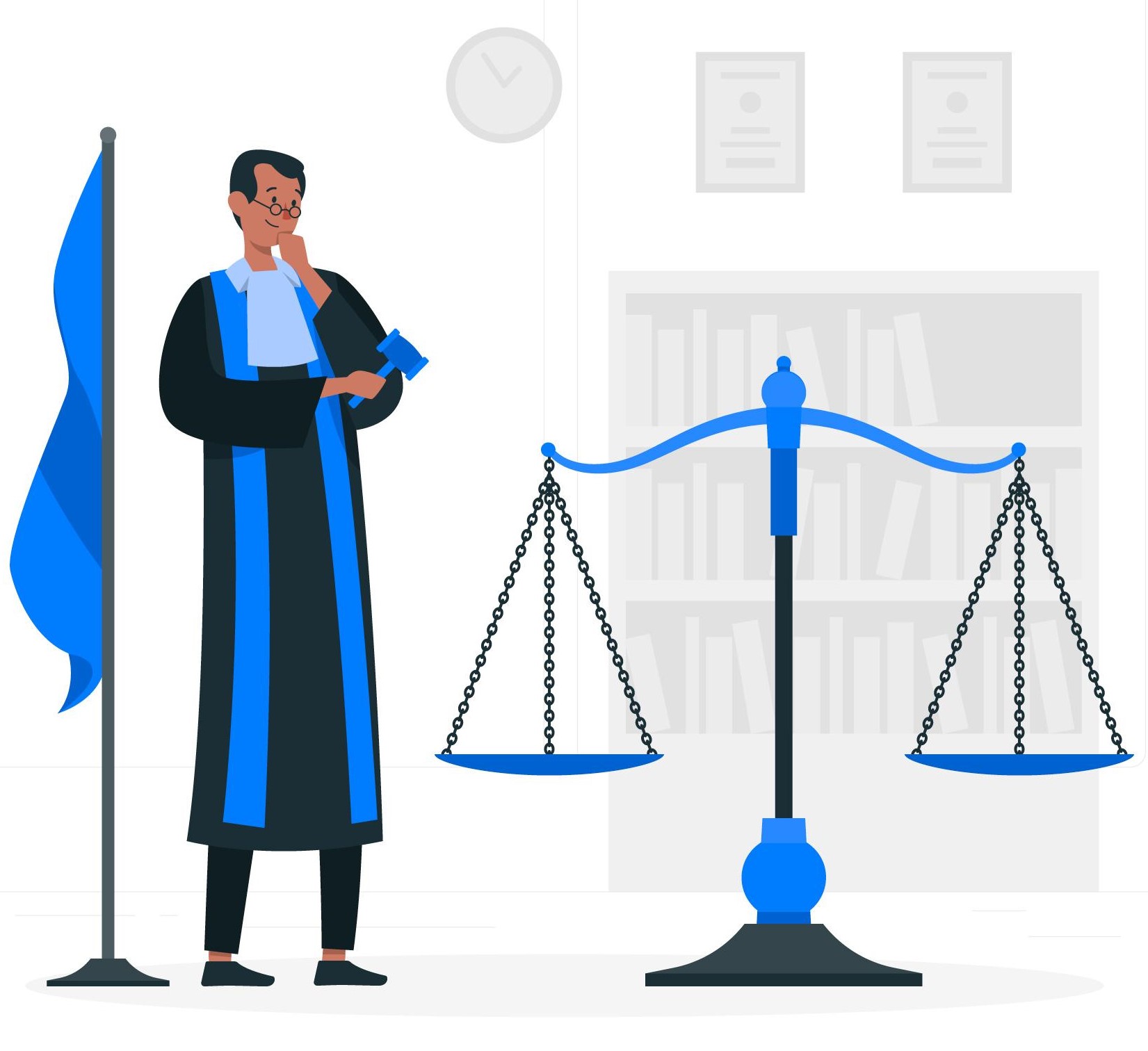
How to select a Lawyer
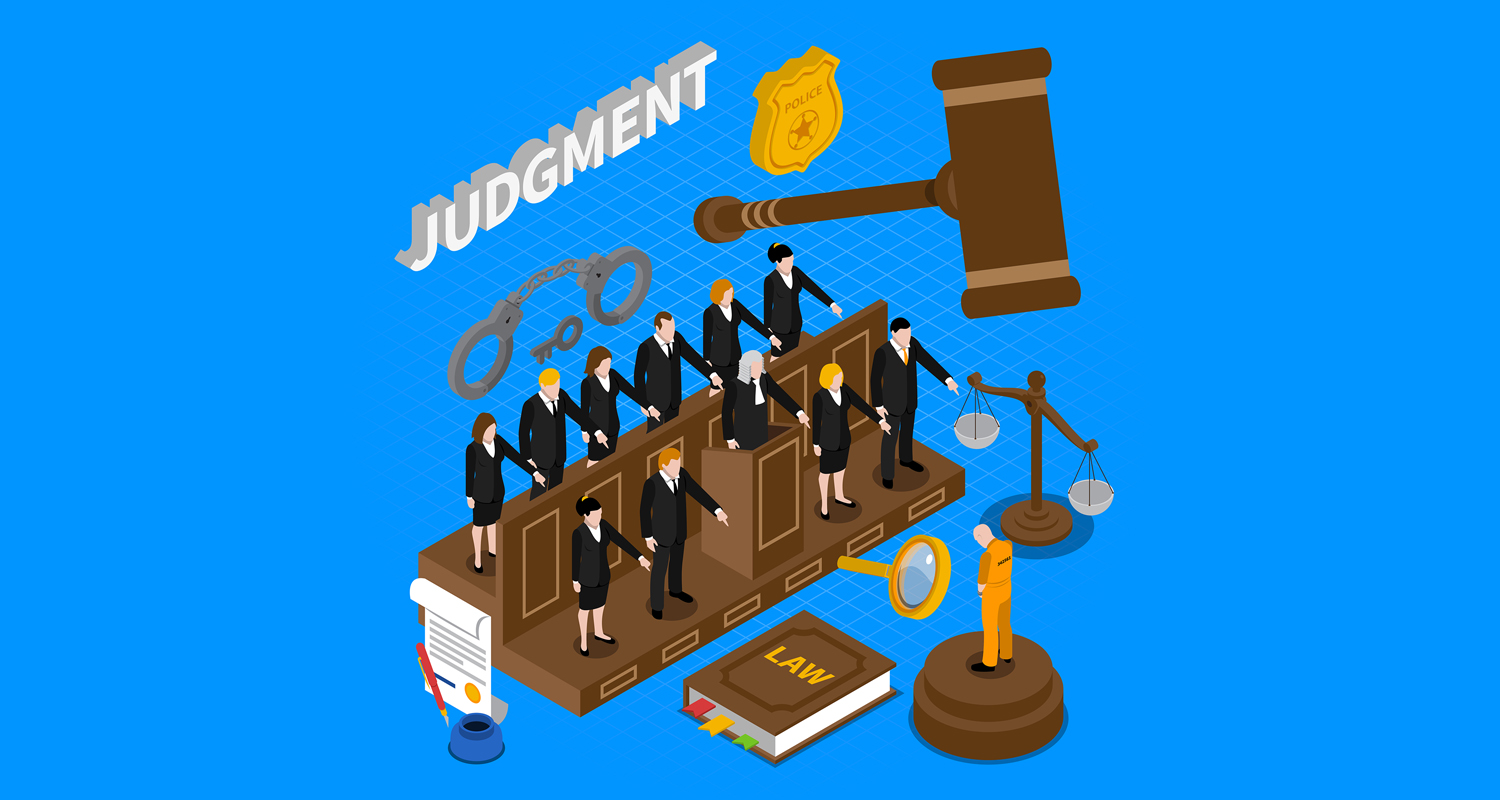
Supreme Court Judgments 2022

Maternity Benefit Act 1961, at a Glance

Modes of Recording Accepted by Court

Essential elements of a sale under the Transfer of Property Act

Compensation in Motor Vehicle Accident Cases

Is it important to respond to a summon?

Analysis of Section 18 of Limitation Act, 1963

Fresh period of Limitation

The breakdown of the doctrine of Res-Judicat

Impact Of Supreme Court Ruling

Analysis of Employees Provident Fund and Miscellaneous Provisions Act

How is 'BLACK MAGIC' governed in India

Different Identities of an NDA

Breaking down the requirements of becoming a Public Prosecutor in India.

Mohan Breweries & Distilleries V/s Commercial Tax officer, Madras

Kavita Kanwar Vs. Mrs Pamela Mehta & Ors
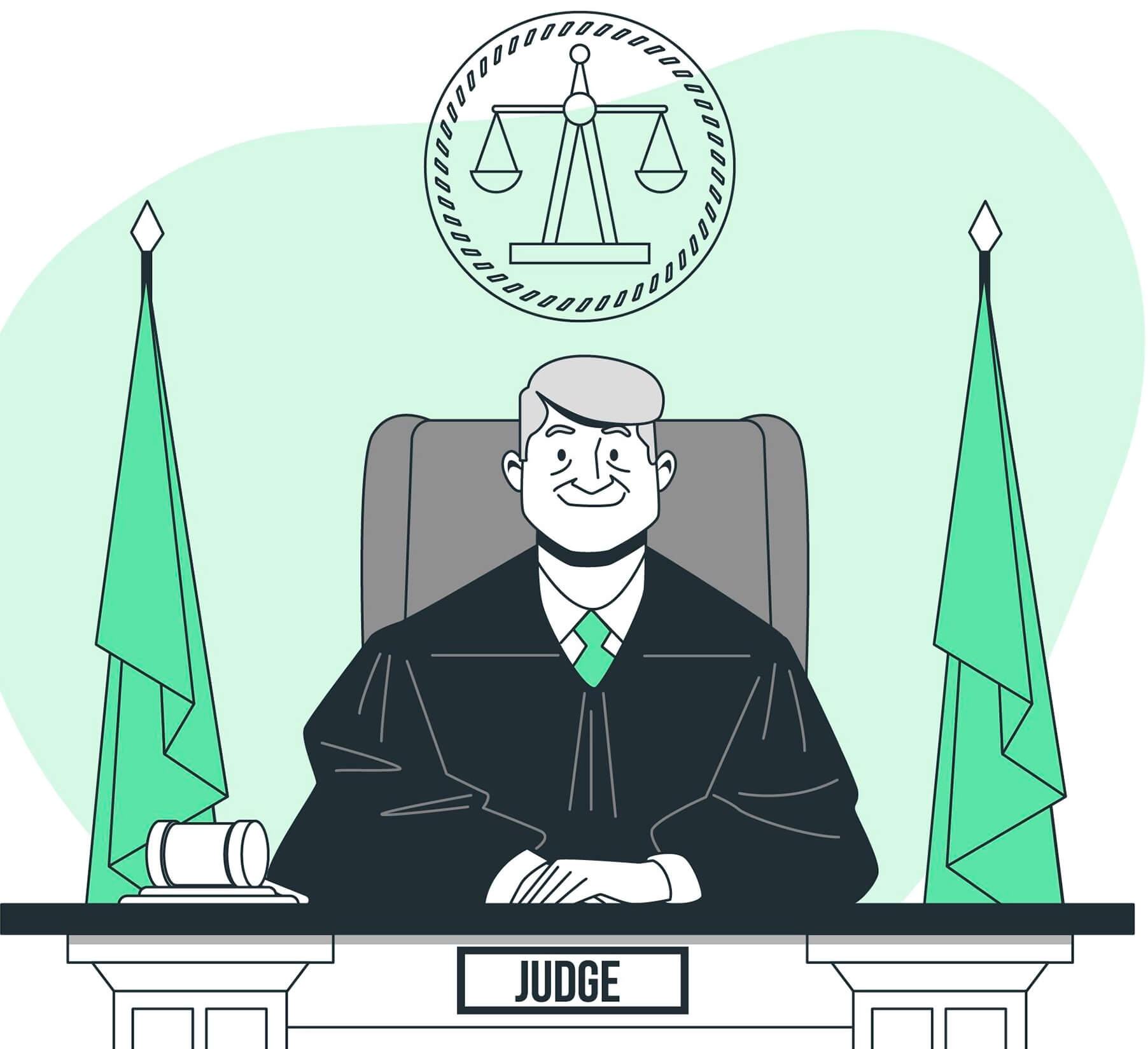
Entry into Judiciary: Minimum required Qualifications

Law of Retrenchment

Grounds for refusal of a Trademark Application

Early disposal of pending cases by the High Court

Parminder Kaur V/s State of Punjab

Central Bank of India V/s M/S Maruti Acetylene Co. Ltd.

Goan Real Estate and Construction Ltd. And Anr. V/s Union of India

Raj Kumar V/s Ajay Kumar
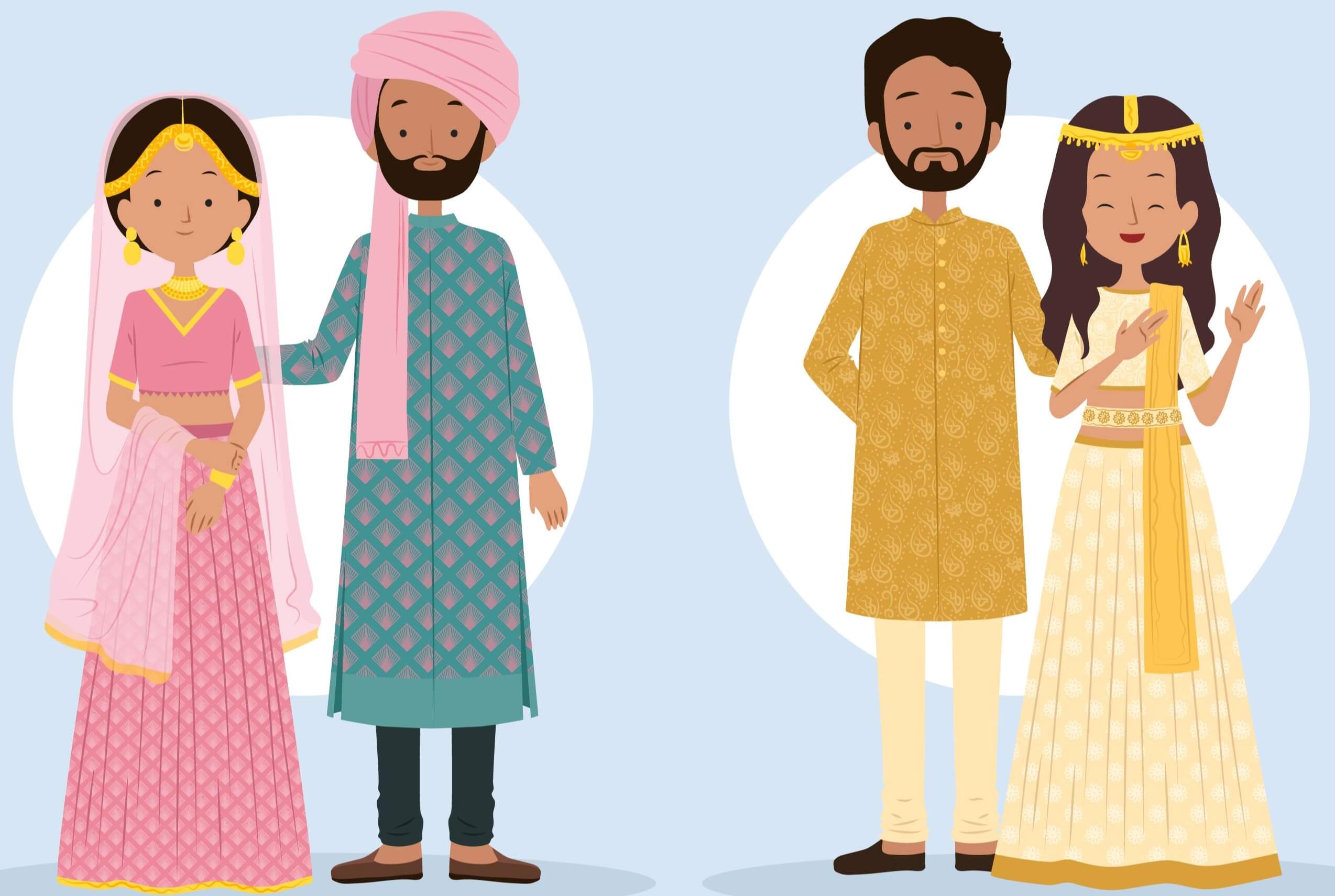
Synopsis of the Special Marriage Act in India

Lok Adalat has no jurisdiction to decide a matter on Merits

Significance of a Police Clearance Certificate in a pending Accident Case

Understanding the Digital Rupee

Eligibility of Teachers for Gratuity under the Payment of Gratuity Act, 1972

Dr. M. Kocher V/s Ispita Seal

Smt. Seema Kumar V/s Ashwin Kumar

Leo Francis Xaviour V/s The Principal, Karunya Institute

Nazir Mohamed V/s J. Kamala and Ors.

Addissery Raghavan V/s Cheruvalath Krishnadasan

Himalaya House Co. Ltd. Bombay V/s Chief Controlling Revenue

K. Sivaram V/s P. Satishkmar

Basir Ahmed Sisodia V/s The Income Tax Officer

Burden of Proof

Interest for delayed Payment under Payment of Gratuity Act, 1972 - Need for Change?

How to file a complaint in regards to violation of Cyber Laws

Delayed Justice from Consumer Courts

Can a registered Will be challenged in the Indian Court?

Trademark Infringement - Triple identity test in Trademark

Blockchain Technology in India – II

Manish V/s Nidhi Kakkar
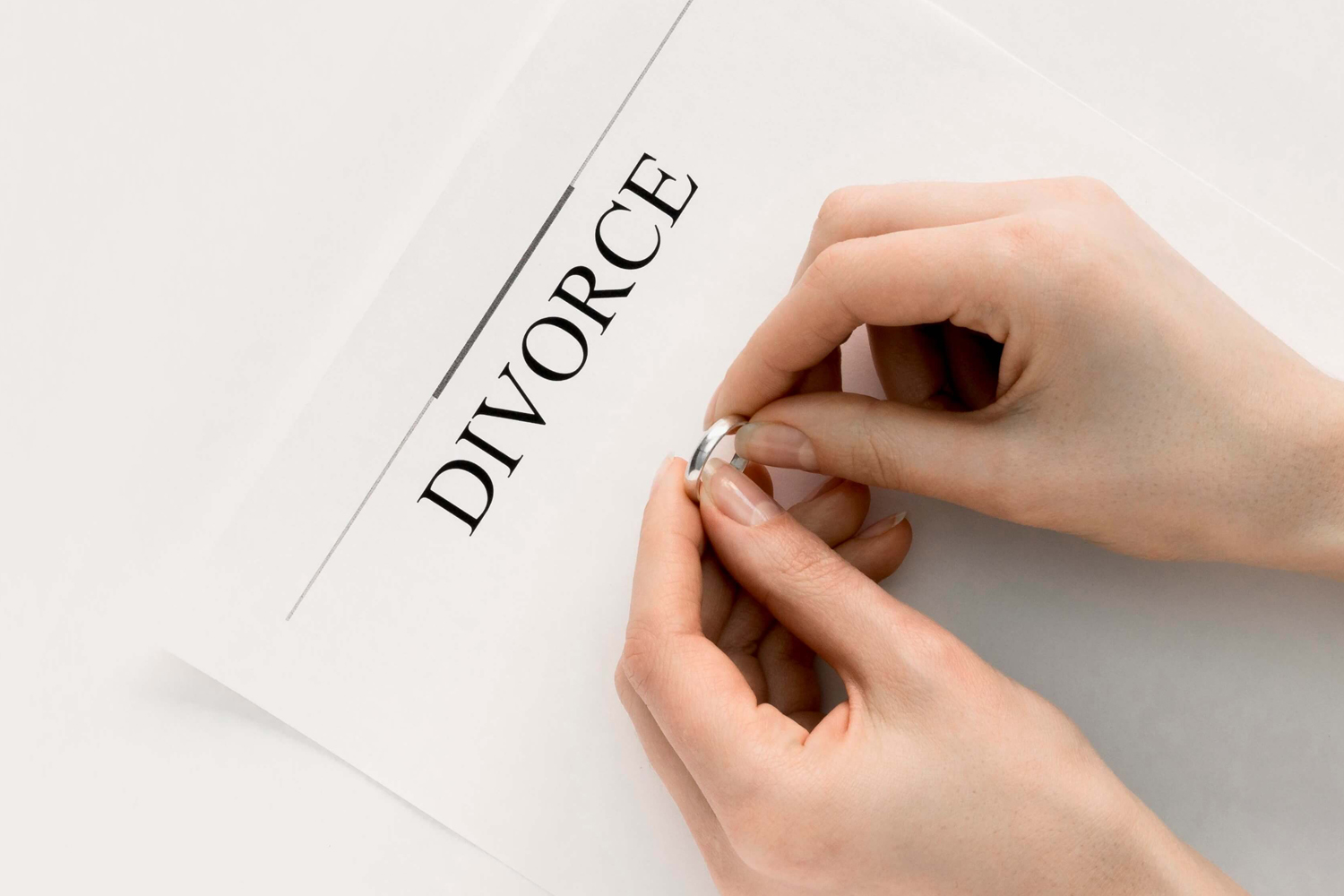
Withdrawal of Mutual Divorce Proceedings

Blockchain Technology in India - I

Unnatural Offences

Surendra Kumar Bhilawe V/s The New India Assurance Company

Seat Vs Venue of Arbitration

D. Velusamy V/s D. Patchaimmal

Standard from of Contract - Legal or Illegal?

Life Insurance Corporation of India V/s Mukesh Poonamchand Shah

MSME Debt Recovery Provisions

Neelam Gupta Vs Mahipal Sharan Gupta

Analysis of Section 11A of Industrial Dispute Act, 1947.

Time Limits & Procedure to approach HC in Civil Cases

The necessity of Gender-Neutral laws in India

Sou. Sandhya Manoj Wankhade V/s Manoj Bhimrao Wankhade

Plea of Adjustment

Filing of Complaints against biased Judges
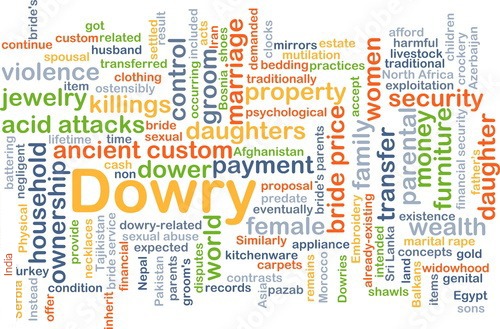
G. Raj Mallaih and Anr. V/s State of Andhra Pradesh

Zee Entertainment Enterprise Ltd. V/s Suresh Production

Chief Administrator of Huda &Anr. v/s Shakuntala Devi
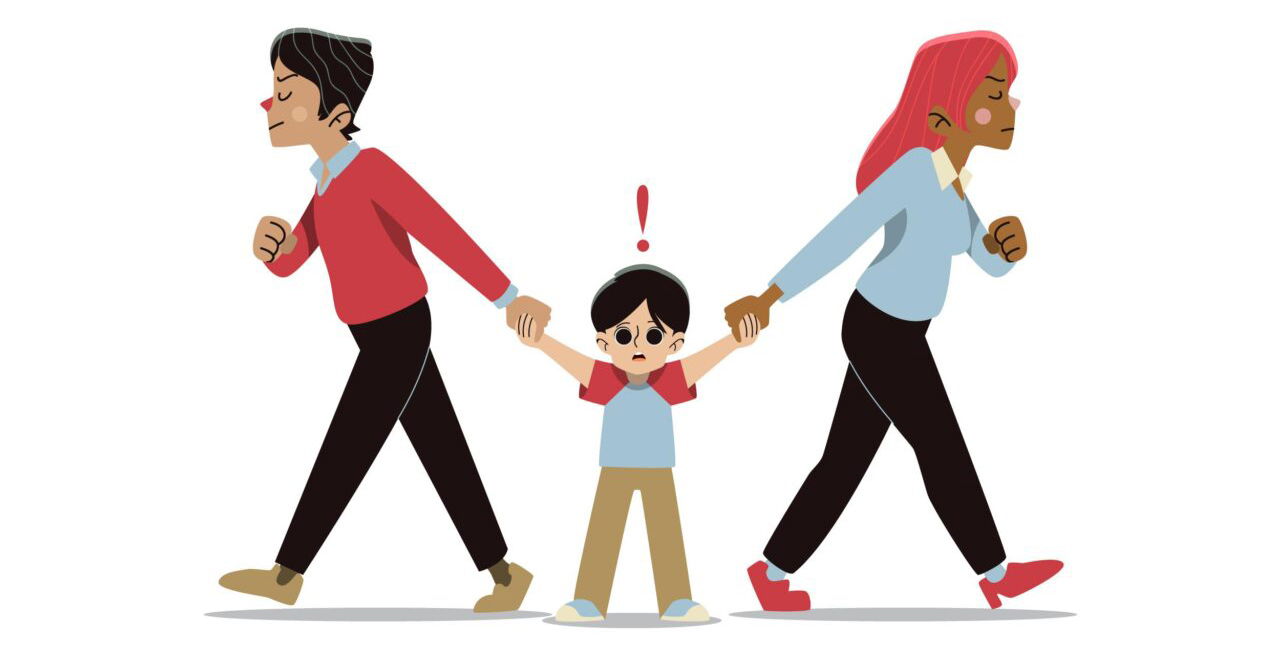
Permanent Child Custody

Dilution of the statutory protection available to MSMEs

Validity of an Unregistered Sale Agreement

Ambalal Sarabhai Enterprise v/s Ks Infraspace LLP

False and misleading advertisements in India

National Legal Service Authority v/s Union of India and Others

Recovery Procedure in Cheque Bounce Cases

Roxann Sharma V/s Arun Sharma

Ganesh Santa Ram Sirur V/s State Bank of India &Anr.

Recovery Procedure of Consumer Court Cases

Bank Guarantee

M/s M.M.T.C Ltd. & Anr v/s M/s Medchl Chemical & Pharma P

Shailendra Swarup V/s Enforcement Directorate, The Deputy

SunitaTokas v/s New India Insurance Ltd.

Can couples get separated without a divorce?
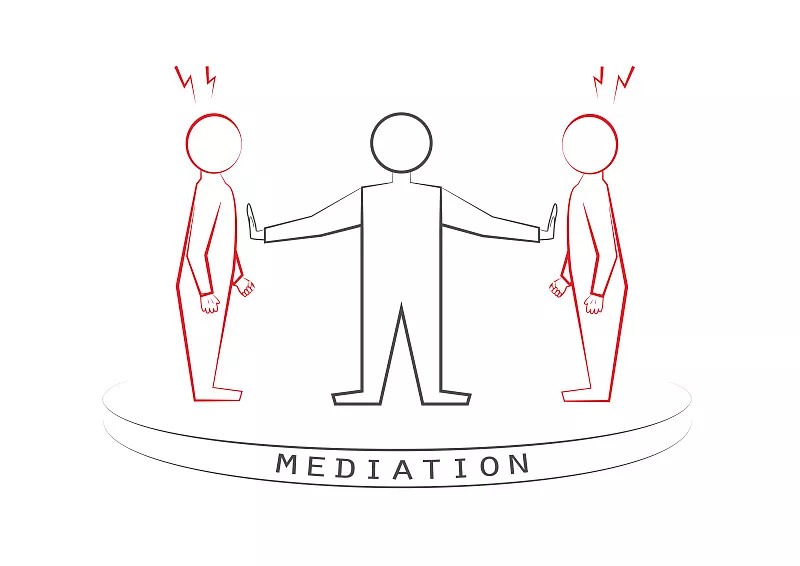
Scope of Arbitration in India

Appointment of Arbitrators

NRIs right to purchase Property in India

Decriminalization of Dishonour of Cheques: a measure contradictory to its purpose

Paternity leave in India

Regulation of Cryptocurrency in India

How can litigants list their cases online?

Validity of Narco-Analysis in India

Remedies against frivolous cases registered against students by the Police

Procedures involved in a Criminal Trial
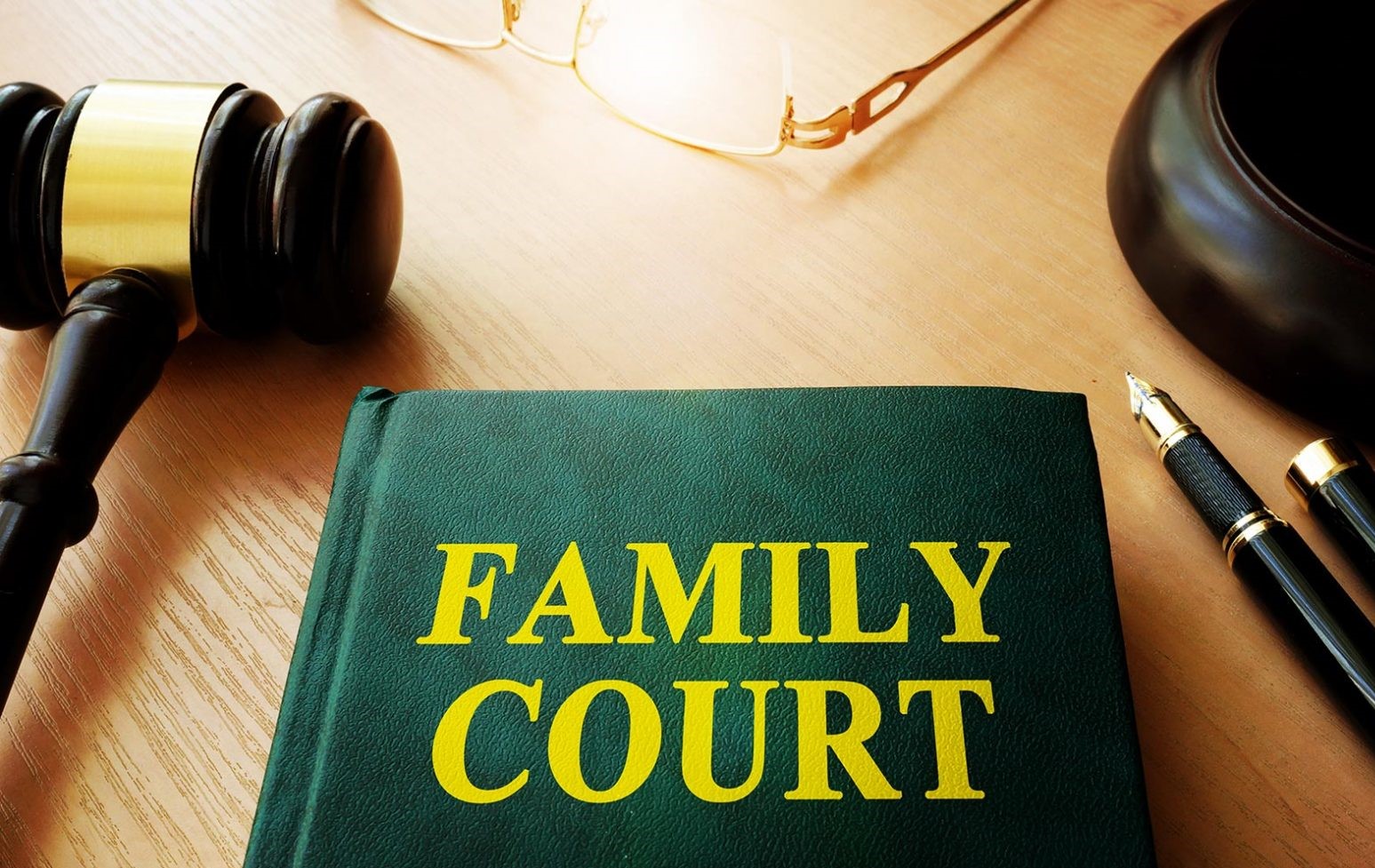
Procedured Involved in a Family Court Case
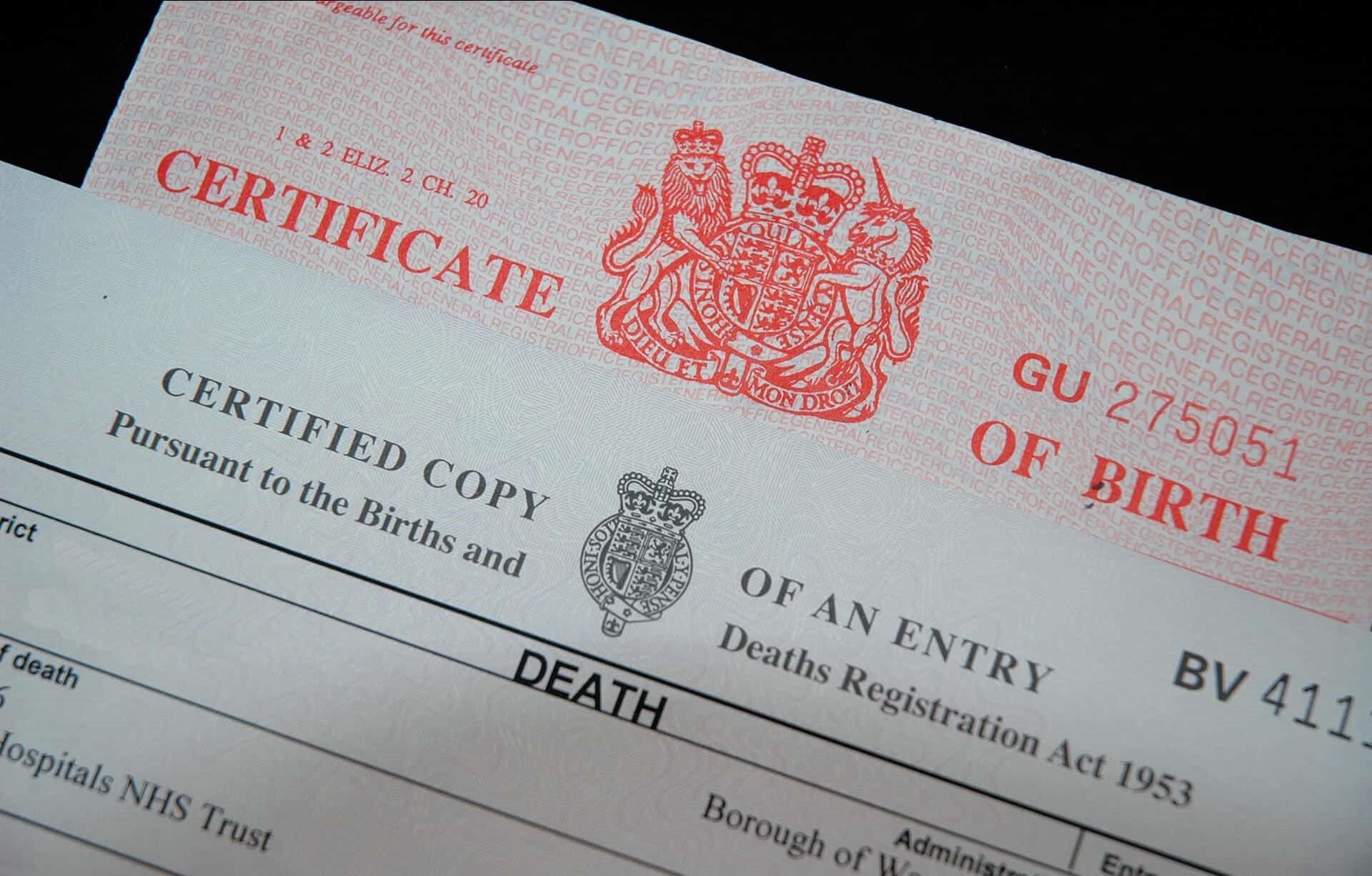
Death Certificate of a missing Person

Accountability of Police

Highlight of important Dishonour of Cheque case laws in 2020

Guidelines to be followed by Registered Medical Practitioners to dispense medicines

Land Mark Judgements on Family Law for the Year 2020

Remedies against harassment by Recovery Agents

Abetment to Suicide

Overview of the Vehicle Scrappage Policy

Rights of husbands in dowry and cruelty-based complaints

Admissibility of E-evidence; Are WhatsApp chats and E-mails admissible in Court?

Triloki Nath Singh V/s Anirudh Singh

Milmet Oftho & Ors. V/s Allergan Inc.

Director of Income Tax II (International Taxation) V/s M/s Samsung Heavy Industries Co. Ltd.

M/s ExL Careers V/s Frankfinn Aviation Services Pvt. Ltd.

The Maharashtra State Cooperative Bank Ltd V/s Babulal Lade & Ors.

Constitutionality of Bandhs

State of Himachal Pradesh V/s A parent of a student of a Medical College & Ors.
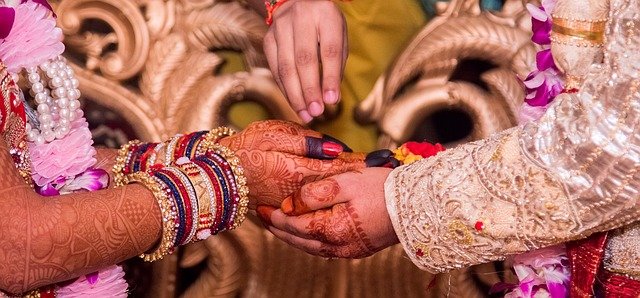
Rathnamma & Ors. V/s Sujathamma & Ors.

Ravinder Kaur Grewal V/s Manjit Kaur

Ficus Pax Pvt. Ltd. V/s Union of Indian & Ors.

Commissioner of Income Tax V/s Chandra Sekhar

Analysis of Section 41-A of CRPC, 1973

Judgment: Indian Bank V/s Abs Marine Product Pvt. Ltd.

Kailas & Ors. V/s State of Maharashtra

Sukhedu Das Vs Rita Mukherjee

Witness to a Will

National Insurance Co. Ltd V/s Hindustan Safety Glass Works

Mahalakshmi V/s Bala Venkatram (d) through LR & Anr.
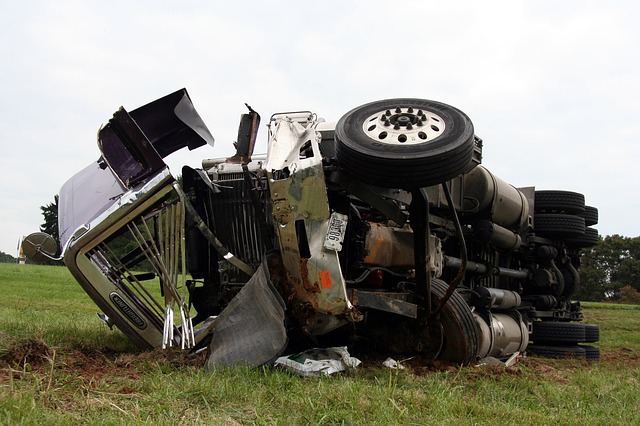
Kajal V/s Jagdish Chand
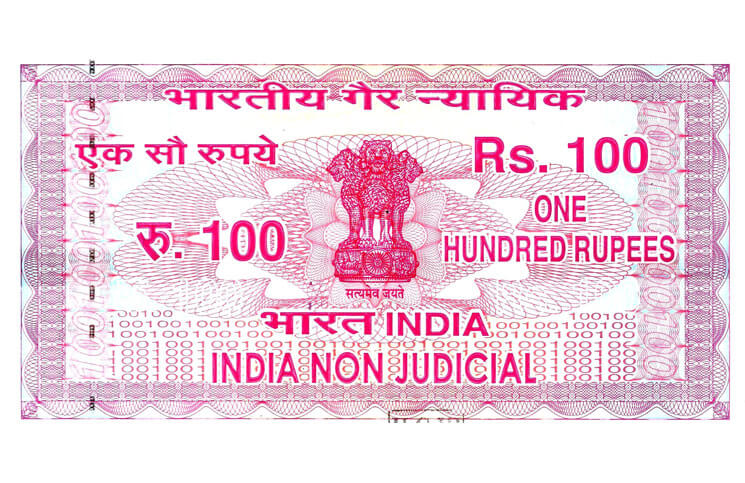
Shyamal Kumar V/s Sushil Kumar Agarwal

NRI's Power of Attorney

Megha Khandelwal V/s Rajat Khandelwal and Ors.

Is Registration Compulsory under Trademark and Copyright?

Md. Eqbal & Anrs. V/s State of Jharkhand

Types of Will

Employment Contract

Police Clearance Certificate

Validity of Crypto-Currency in India

A. Jayachandra V/s Aneelkaur

Points to be considered before filing an Income Tax Return

Union of India V/s N. K. Shrivasta

Startup under the Government Programme

The procedure for filing a complaint against a Lawyer

Types of Stamp Paper

Satvinder Singh V/s State of Bihar

Sexual Violence laws under the Indian Penal Code

Shreya Singhal V/s Union of India

Division of Assets

Shaleen Kabra V/s Shiwani Kabra

Types of Property

Vasant Kumar V/s Vijaykumari

Personal Injury - Damages

Adultery under the Indian Law

United Commercial Bank & Anr. V/s Deepak Debbarma & others

Intentional Wrongs

Vinay Kumar Mittal & Others V/s Deewan Housing Financial Corporation Limited
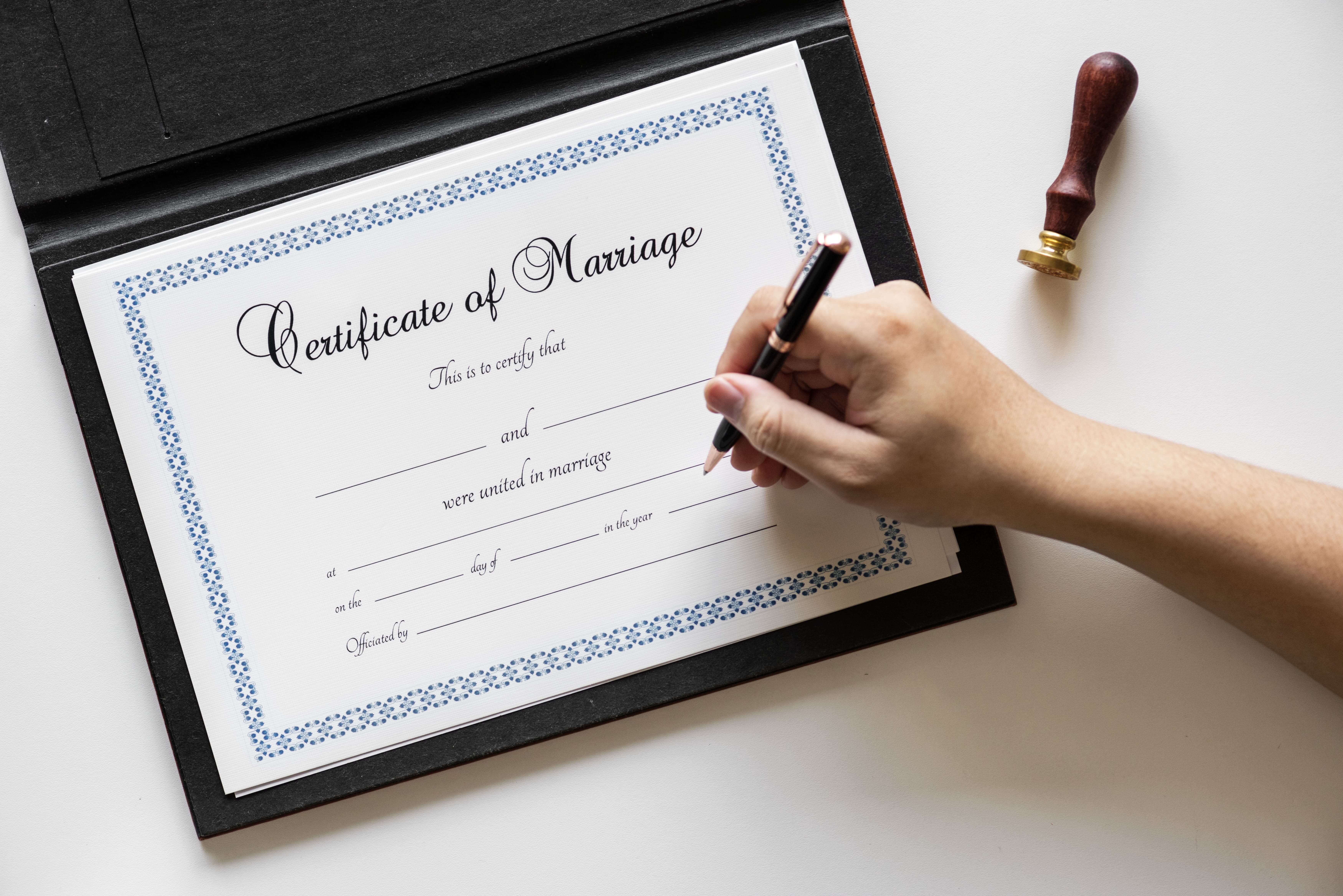
How to get a Marriage Certificate?

Mohammed Siddique Vs National Insurance Company Ltd

Pagdi System

The Bonus Act

Frivolous Complaints under the Sexual Harassment Act

Important Income Tax Return Forms and its Due Dates

Garden Leave

How can a Private Complaint be filed?

Key changes to Indian Tax Regulations

Employees Provident Fund

Status of Triple Talaq

Contract Farming & the new ordinances that affect the Farmers

Documents required for filing a Divorce

Section 138, 141 and 142 of the Negotiable Instrument Act 1881

Validity and Enforceability of Click-wrap Agreements

Child Custody under Christian and Parsi Law

Hindu Succession Act

Oppression and Mismanagement

Fraudulent and Invalid Contracts

Developments in Reserve Bank of India

Loan Frauds in India

Penalties associated with Driving

Laws governing a Knife

Medical Negligence and its Compensation

Interim Maintenance under the Domestic Violence Act

Shortcomings of the Consumer Protection Act, 2019

Tougher rules for the E-Commerce Industry

Difficulties faced by men in Family Courts

The consumer is the King in 2020

Illegal Termination of an Employee during Covid-19.
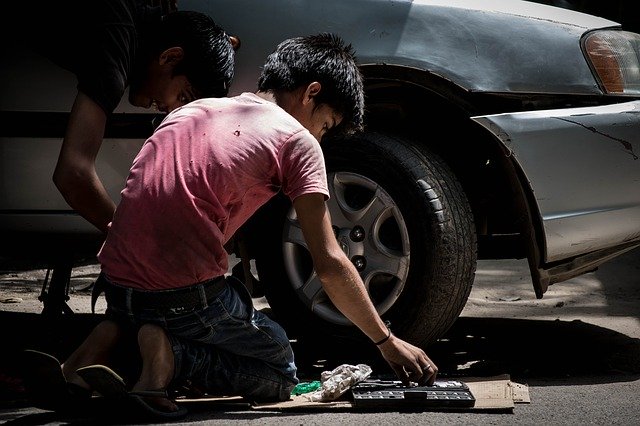
Child Labour Laws in times of Covid-19

Real Estate scenario Post Covid-19

Post Covid-19 Digital Shift of Legal practise

Mutual Consent Divorce through Video Conferencing

59 Chinese Apps banned in India

Litigants and the Lockdown - A Court Perspective

Anticipatory Bail for cases under section 498A of IPC

Brand Protection in times of Covid-19

Title Verification of Immovable Property

The Judiciary during the Pandemic

Termination of an Employee during Covid-19

Drafting of a Will

Criminal Medical Negligence in times of Covid-19

How does Covid-19 affect employers and employees?

Rent deference during the Pandemic

Post Covid-19 digital shift of legal practise

Police Interrogation

Prenuptial Agreements

Void and Voidable Contracts

The Negotiable Instrument Act 1881

Cheque Bounce Notice

Types of Dishonour of Cheques

Intestate Succession

The Stand of Essential Commodities

Trademark Cease and Desist Notice
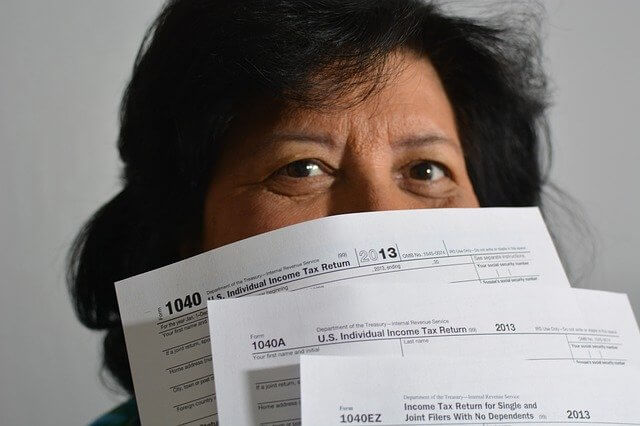
IT Department Notice

Eviction of a Tenant

Consumer Complaint Legal Notice

Medical Adherence to Environmental Laws
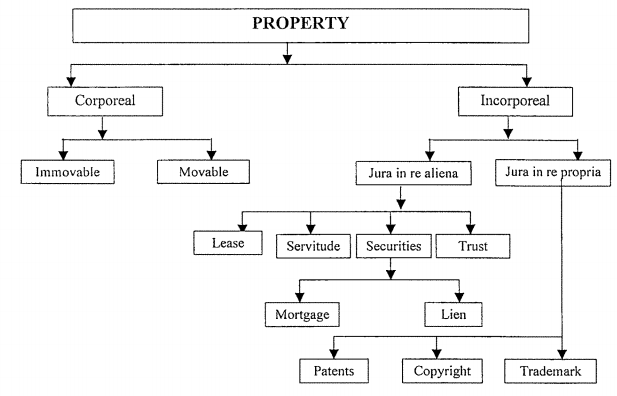
Basic Elements of Transfer of Property Act, 1882

Debt Recovery Notice

Cheque Bounce Notice

Hygiene maintenance in Hospitals and Clinics

Consequences of using a Fake Degree/Certificate

Healthcare Security
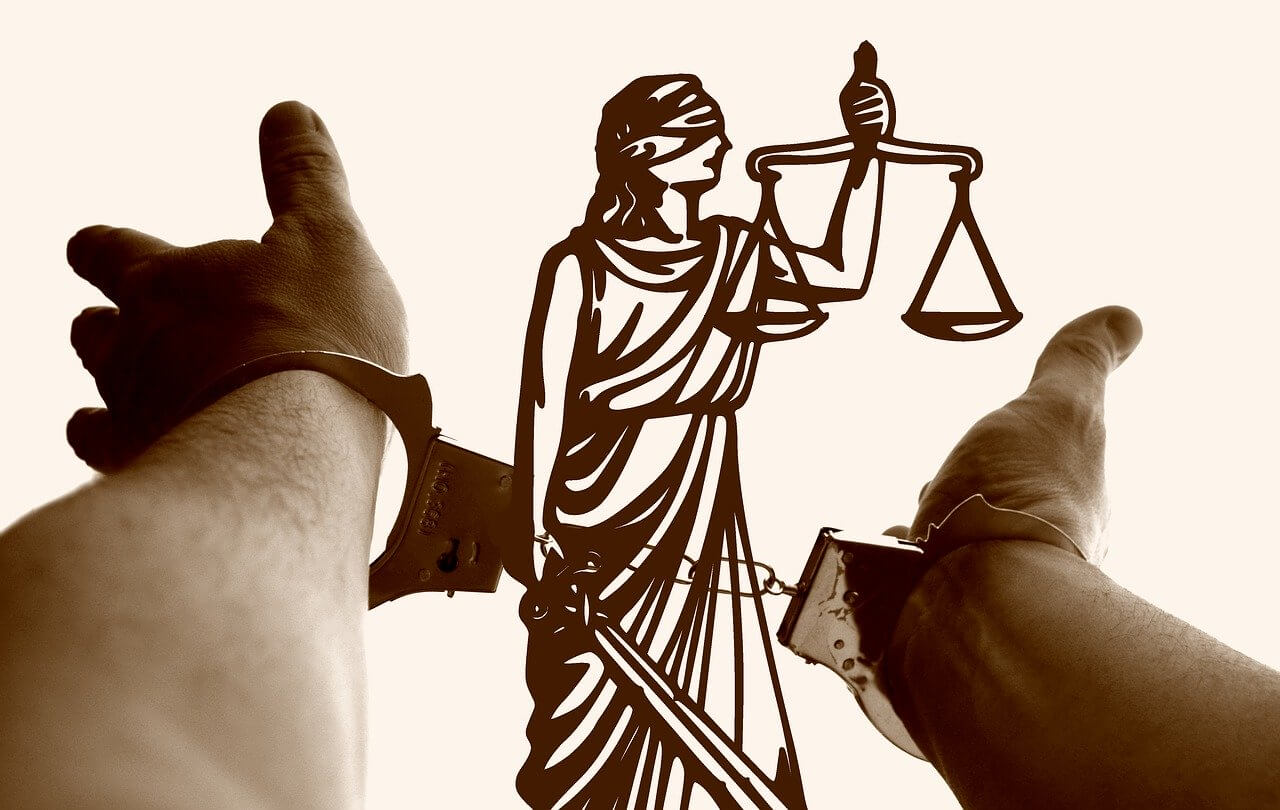
Rights of Doctors with respect to Medical Negligence

Importance of Consent

Faulty Machine Aids Medical Negligence

The Special Marriage Act, 1954

Top 2019 judgements by Supreme Court

National Medical Commission Act 2019

Money Laundering

Hindu Undivided Family (HUF)
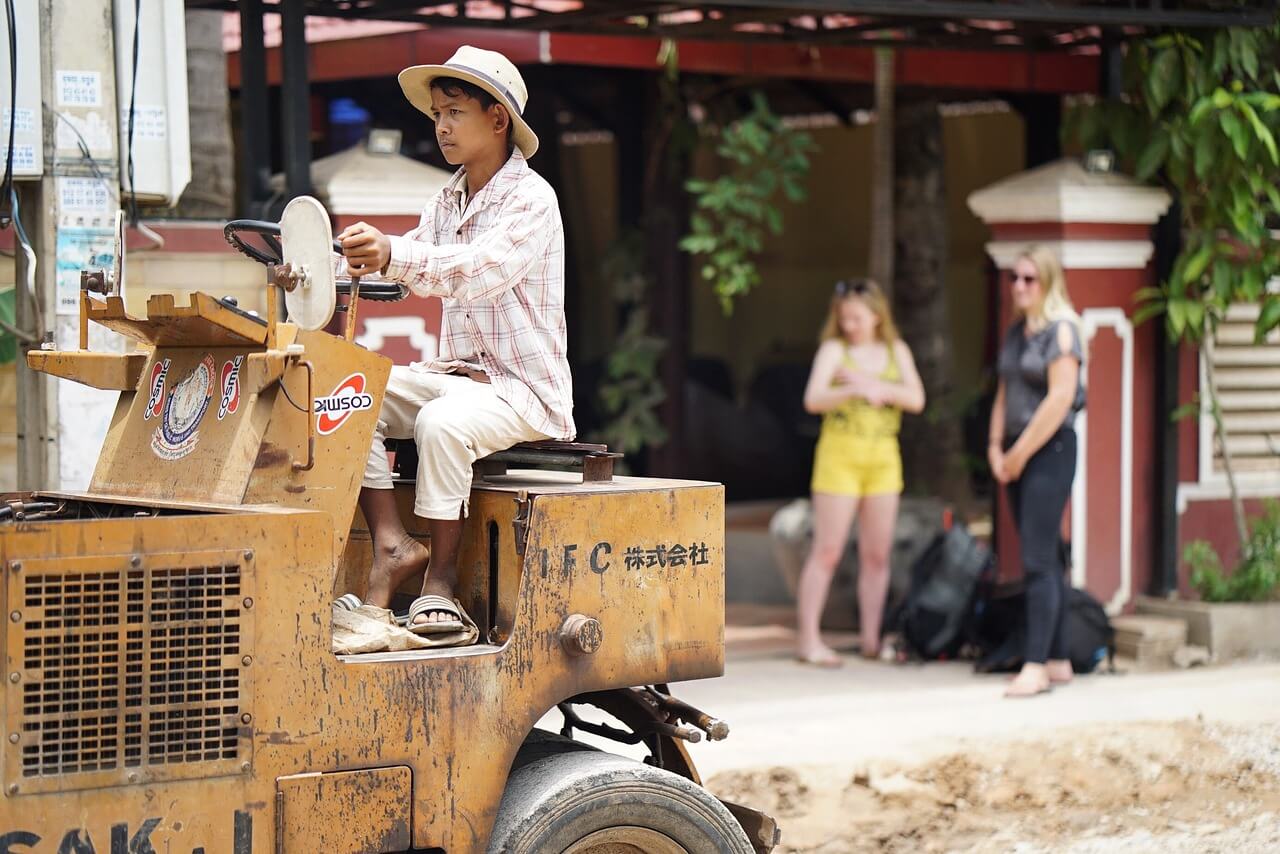
Child Labour

Endorsement under Negotiable Instrument Act

Quashing of an FIR

Annulment of Marriage

Probate

FAQ's on Trademark

EMI - Equated Monthly Installments

Legal mistakes made by the Start-Up

What is a Stamp Paper?

Sexual Abuse in Shelter Homes

Debt Recovery provisions under the SARFAESI Act

Effective ways to stop Ragging

Transfer of Property Act

Personal Injury Lawyers

Marriage Registration under the Special Marriage Act

Rights of Tenant

Classification of various Collar Jobs

Documents to be submitted for ITR Filing

Illegal Immigrants

Role of lawyers in Corporate Finance

Intestate Succession

Employment of White Collar Employment of White Collar

Domestic Violence

Power of Attorney

Dissolution of Marriage - Christian

Noting And Protest

Hostile Witness

Unfair Trade Practice

All you need to know: Drafting a Legal Notice

Fraudulent and unauthorized transactions at ATM

Is legal documentation important in medical practice?

Why do doctors need to be updated with medical negligence laws?

Personal Data Protection Bill, 2019

Jurisdiction of Consumer Redressal Forums

Does telephonic consultations amount to culpable negligence?

Consumer dispute Redressal Forum in dealing with Medical Negligence

Validity of Notices.

Response to a Legal Notice

Promotion of Medical Products.

Doctors' Bill: Prohibition of Violence & Damage to Property Bill, 2019.

Why less Indemnity cover is risky for Doctors?

Procedure for filing a Notice in India

Format of Legal Notices in India

Citizenship Amendment Act, 2019

Demerger
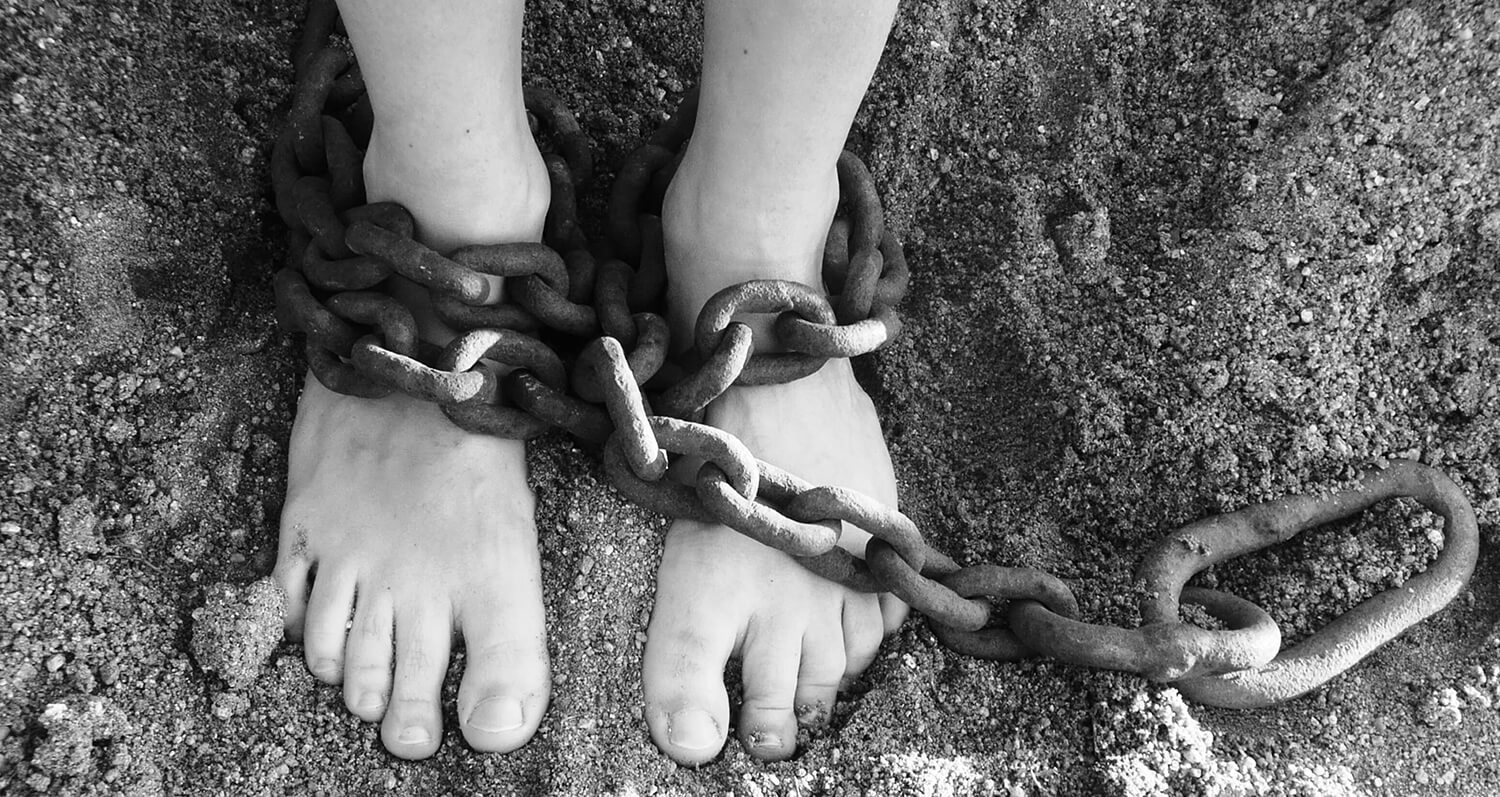
Legal framework for the Elimination of violence against Women in India

International Day for the Elimination of violence against Women

Family Courts in India
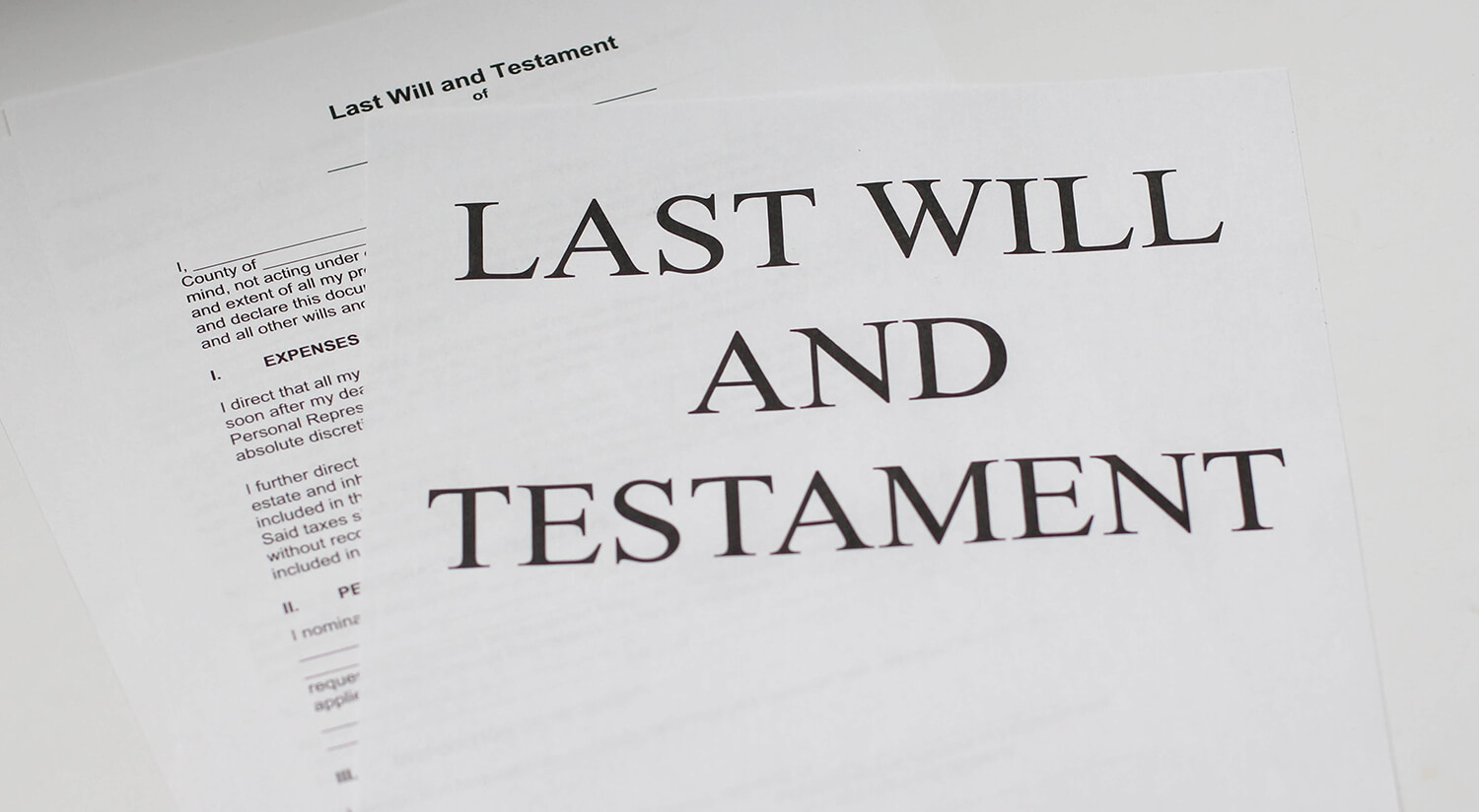
Inheritance Law in India

Rights of Children in India

Virtual Clinic

New Medical Technologies in India

Land Records & Titles

Regulations for firecrackers during Diwali

Legal and Regulatory Regime: Medical Technology

Intellectual Property in Medicine

Consumer Protection Bill, 2019

Artificial Intelligence in healthcare

The Real Estate (Regulation & Development) Act

Warrant and its Types

Joint Custody of Child in India

Limited Liability Partnership (LLP)

Penal Provision on Rash and Negligent Driving

National Company Law Tribunal

Rules to be followed by the Ganpati Mandals

Need to amend CrPC and IPC to increase the conviction rate.

Motor Vehicle Amendment Act, 2019
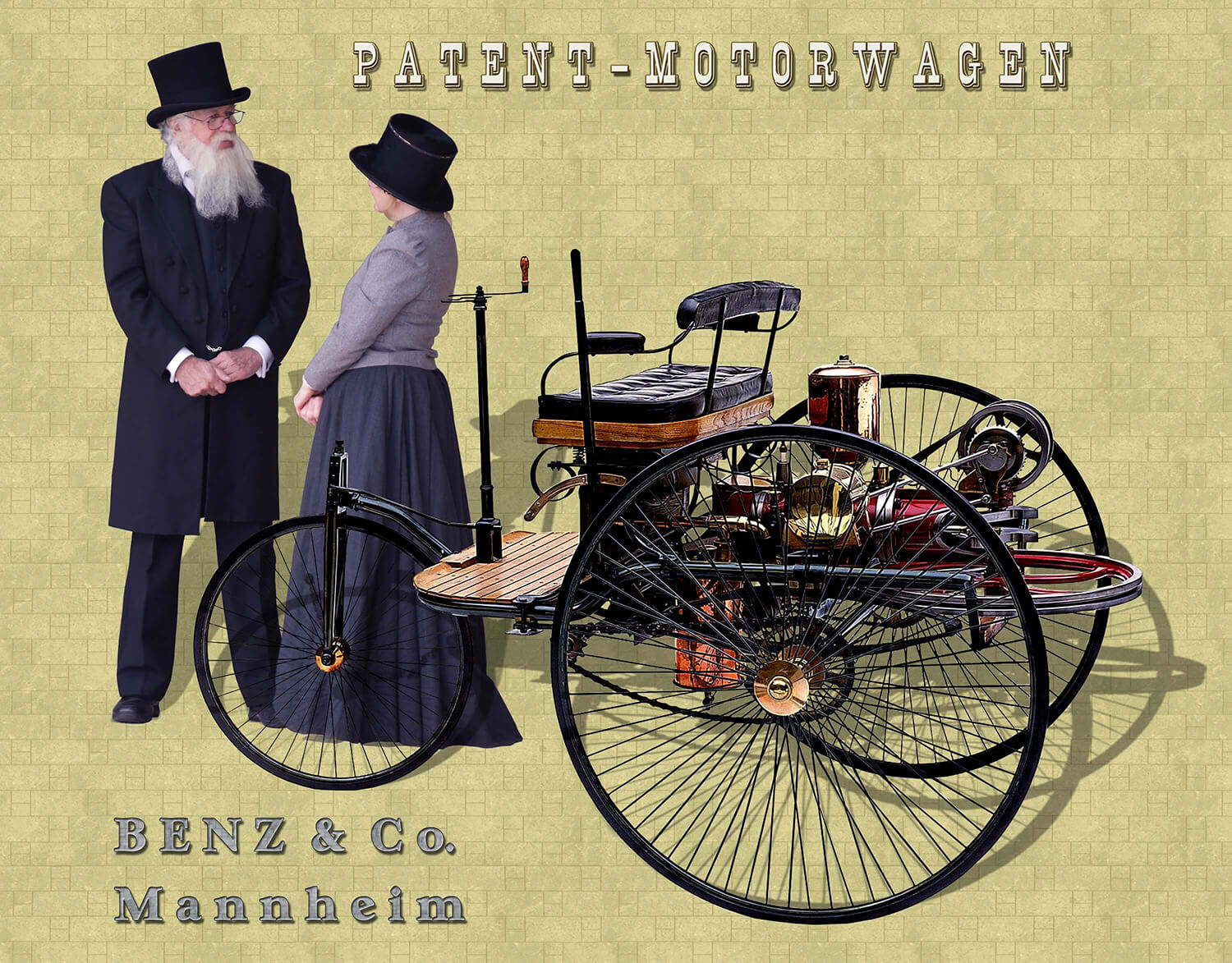
The Growth of technology Patents in India

Citizenship under the Indian Constitution

Basic Structure of the Indian Constitution

A comparative study of the Indian, UK and the US Constitution

Can the Indian Constitution be Amended?

Overview of the Indian Constitution

All you need to know: Drafting a Legal Notice

Surrogacy (Regulation) Bill, 2019

Overview of The Indian Penal Code

Offences and Prosecution under the Income Tax Act, 1961
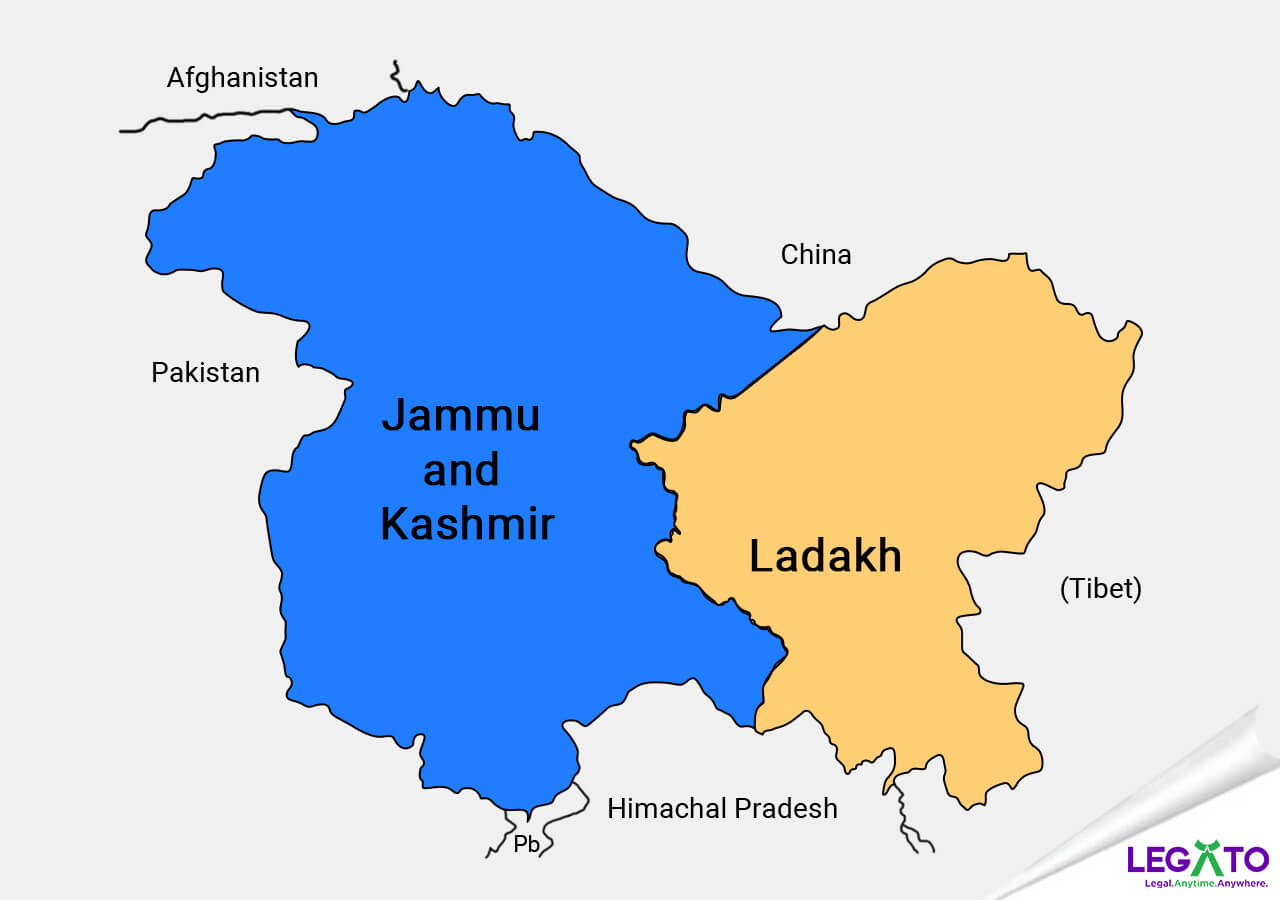
The abolishment of Article 370 of the Constitution: One Nation One Flag

Intervention of SC in the Unnao Rape Case

Case of abandoned NRI brides, Supreme Court issues notice to the State

Financial Risk Management
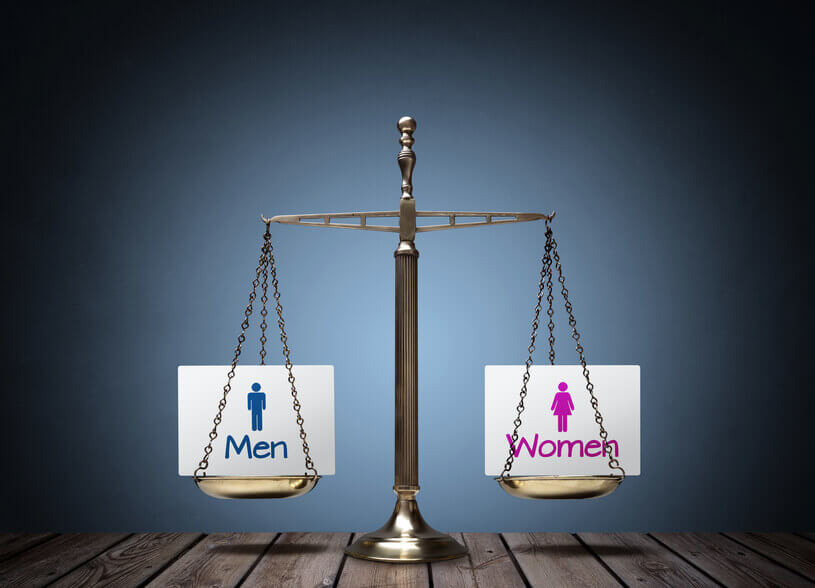
Know more about Equal Remuneration Act, 1976

Procedure to File Complain against Domestic Violence

The IndiGo Promotors Feud
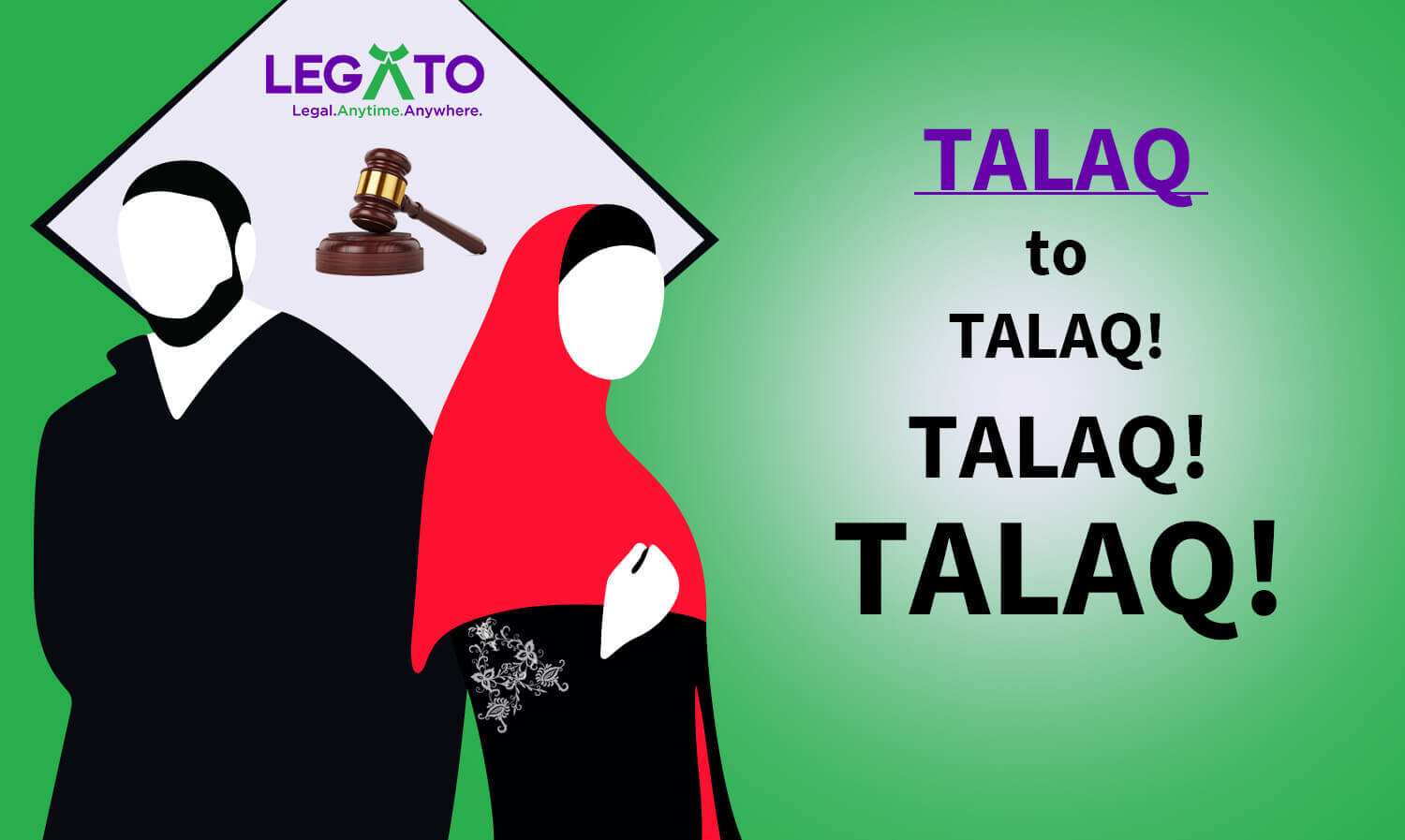
Rajya Sabha passes the Triple Talaq Bill

Gift Deed

More about Contested Divorce

Things to be kept in mind - Dishonor of Cheque

Prison Reforms in India

Consumer Protection ACT, 1986

More about Joint Venture

Delay of Condonation

Points to be Noted for Child Custody to Father

Basic information of Companies

Plastic Money and their Advantage & Disadvantages

Motor Accident Claim Tribunal

Guidelines to protect doctors from frivolous and unjust prosecution

Unjust Compensation - A Doctors Perspective

Misdiagnosis: A Medical Negligence?

Exemption of doctors operating in Emergency Rooms

General Types of Medico-Legal Cases (MLC)

Duty of patient to avoid aiding Medical Negligence

Rights of the Patient

Steps to be taken to avoid Medical Negligence

Liability of Medical Negligence under Consumer Protection Act

Laws that affect Medical Professionals in India

Defense against Medical Negligence Cases

Duties of Doctors

Common types of Medical Negligence

Medical Consent for treatment in India

Regulation for E - Pharmacy in India

Types of Consent for Medical Treatment
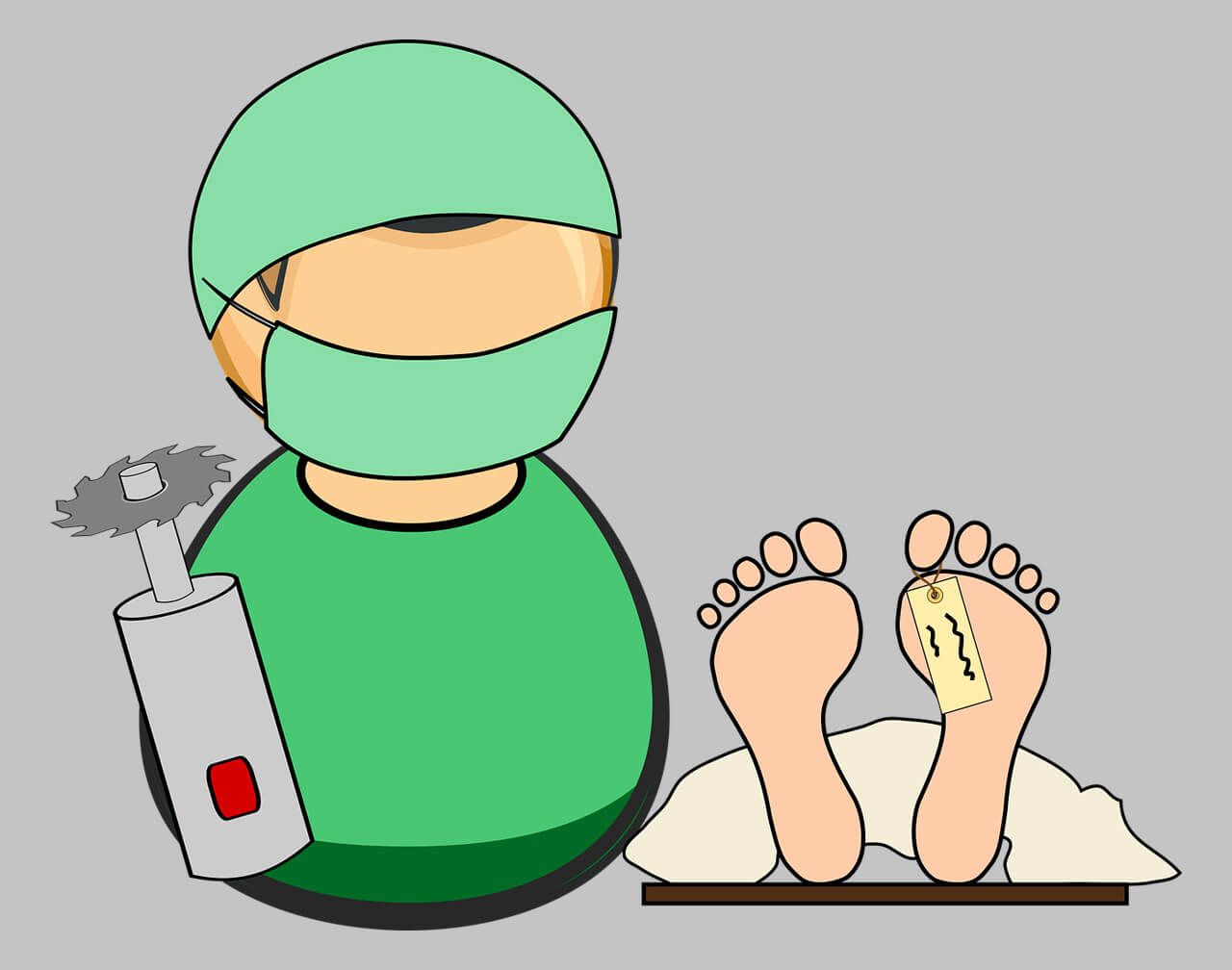
Guidelines for Autopsy/ Postmortem in India

Guidelines for the prescription of medicines

Procedure to start a Pharmacy Store in India
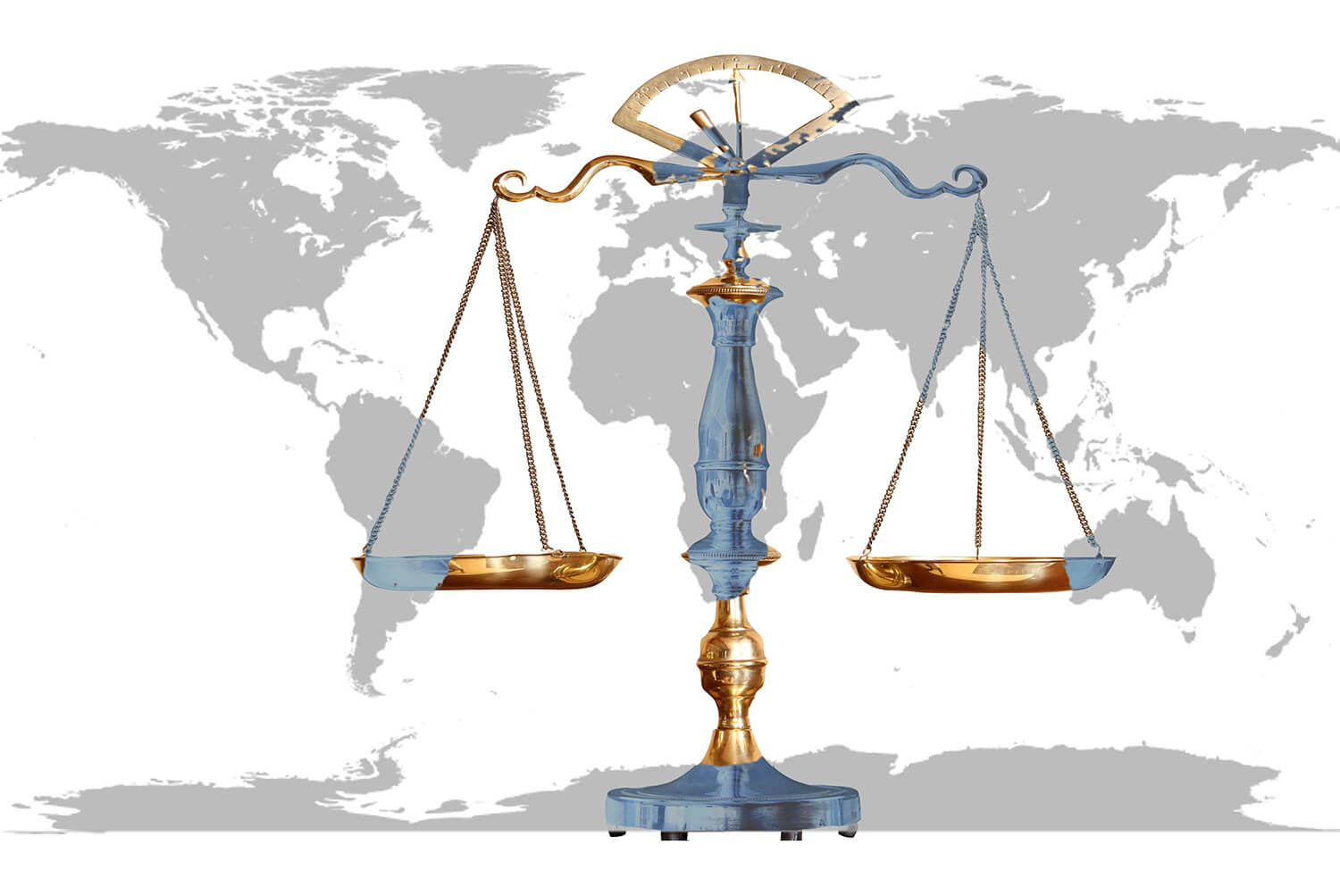
India Vs Pakistan: Kulbhushan Jadhav's Case

Contempt of Court

Juvenile Justice Act, 2000

Bankruptcy & Insolvency in India

The Maternity Benefit Act, 1961

Guardian and Ward Act In India

Medical Negligence in India

Procedure to be followed in Civil Recovery Proceedings

Rights of Consumers

Mandatory Registration of Documents and procedure

Rafale Deal And All About The Controversy

Question of Law
Court Observation
The Supreme Court consisting of the Division Bench of Three Judges before whom the matter was raised on some question of law with regards to The Hindu Succession Act. The Division Bench after considering the matter filed before the court authored a 121-page judgment in which such issues were dealt at length, the Solicitor General of India at length while submitting the arguments presented various precedents to present the status of the daughter with regards Hindu Succession Act and landmark judgments decided by the court. The court to decide the matter following explanation with the angle of law has been put forth by the court:
The Two laws that basically regulate the law in the country like India are the two school of thought which are known as the Mitakshara School of Law and the Dayabgha School of Law. The Mitakshara applies to almost every part of the country except the part of Bengal. The rules that were enunciated to govern the practices in Maharashtra was Maharashtra School that prevailed in the North India whereas the city/island of Mumbai was regulated by the Bombay School in western India. In the country with the variety of communities as descendants of various religious, sometimes also understood as caste it was in the Southern region such practices were regulated by the Marumakkatayam, Aliyasantana and Namburdiri system of law.
Ascendants and descendants connected to each other by birth in one single-family which continues such lineage for a long period of time practices, professing and propagating Hindu as their religion is called a Joint Hindu Family. In the business side of the matter, a Joint Hindu Family is also termed as Hindu Undivided Family which is a form of business organization wherein the Joint Hindu Family run business with appointing one-person male of the family who is the eldest in the family to be Karta (sole decision-maker of the business) and coparcener (supporter or worker in the business). The rights of any person to be in the organization arise only if you the person take the birth in the Joint Hindu Family. A Joint Hindu Family holds the assets of the business jointly under the name of the family. The understanding of the law that governs the HUF is that after there is any severance of the assets of the business, the family ceases to be called a Joint Hindu Family. The court in the matter understands and concluded that there exist any mere separation of the worship or separation at the food tables such separation will not hold the same understanding as to the separation of the HUF.
The understanding that was explained needs a thorough revision of the provision of the Hindu Succession Act prior to the year 2005, wherein the courts understand that there exists no logical but firm emphasis to incorporate and appropriate the assets among the male members of the family. The family assets though not literally but theoretically were apportioned between the male members of the family such ascendants like father, grandfather, great grandfather and so on and in the descendant's such son, grandson and so on. The law is understood to provide such lineal descendants up to the third generation, and the fourth generation would rise to such right after the death of the first generation. Nothing but the birth in the family accrues such rights to any person such was the understanding with regards to the confinement. The person taking birth in the Joint Hindu Family inherits the coparcenary rights from the father, grandfather and/or great grandfather. Any person being a coparcener in the HUF holding any property from any other mean and not from the inheritance from the member of the HUF will not be treated as his property in coparcenary right. No person can claim as a single individual right over any property belonging to the Joint Hindu Family every person belonging to the family and is in coparcenary relationship to the HUF hold the asset of the HUF jointly. With regards to any other option of entitlement as coparcener is by way of adoption, the court held that it is the only way that is understood other than the primary reason of inheritance that exists as per the rule of law and the customs that support the reasoning of law. The Court with respect to the position of the women in the Joint Hindu Family understand that there exist a relationship of women, but such relation due different perception was limited to the entitlement of family member but not as a coparcener. The court also further explains that as the rule of law prevails over any conclusion out customs or traditions and coparcenary is the creation of law and as far as the law is concerned the regulation that governs the partition of the Hindu Undivided Family such can only be demanded by any person in the capacity of a coparcener. The test for the partition of the Joint Hindu Family can only be concluded with the person being coparcener or not and/or such person has exercised the right for partition.
The terms have been defined in the school of thoughts/law which govern the actions and regulated the practices of heritage in the Hindu laws, the Mitakshara School of the law states that unobstructed heritage rights also are known as “apratibandha daya” and the obstructed rights is known as “sapratibandha daya”. The rights have their defined way in determining the privileges and rules of their devolution and apportionment. As the unobstructed rights state that any right accrued to any person by way of nothing else than by birth it should be obstructed by an action, it should accrue from the start and continue until the apportionment or his death whichever is earlier. The unobstructed rights mean any person born in the family has a birthright in the property of the Joint Hindu Family at the earliest day of birth. An obstructed right is rather an indirect rule of receiving such privilege which is directly connected to the birth of the person, and obstructed right arises when a person who is a coparcener in the Joint Hindu Family is dead or died by any reason as such, and there exists no male issue after the death of the coparcener and when the person as remainder receive such right.
The obstructed right suggests that there exist an obstruction because of which such right or privilege per say has to be withheld in this case it is obstructed by the existence of the male coparcener. It is the death of the coparcener when the obstructed rights in come in existence. The Court considered a brief overview of the school of law which governs and regulates practices of the inheritance, and the parallel history of the Joint Hindu Family and the focuses its attention on the provisions of the Hindu Succession Act, 1956. The Court finds it important for any person to understand the matter needs a fair overview of the Mitakshara School of thought to further create a basis of for deciding and understanding the law.
Supreme Court Stand
The Supreme Court opines that it was fair for the court to consider the law governing the Hindu Succession before directing anything in the above matter. The court further explains the Hindu Succession Act, 1956 pre-amendment scenario.
The Supreme Court herein mentioned that as the law governs the act of Human in the civilization or as the modern goes society it does not mean that the law is correct in each sense and phase of life, as the changing times' models of the life changes and new policy which better suits the society needs to be implemented and so for all those reasons which penultimate goal to secure, pursue and decide in favour of justice is resort to be taken and thus benefits all. As per the Hindu Succession Act, 1956 wherein section 6 dealt with the devolution of rights in the coparcenary interest in the Joint Hindu Family assets which are governed by the Mitakshara School of Law. In the Act, the important thing is to consider that section 6 of the Act excludes the rule of succession, which concerns to Mitakshara coparcenary property. Any person who interests in the property existed, and he dies after the existence of the Act of 1956 his interest in the property will be dealt with the rules and regulation and/or principles of survivorship among the remaining members of the coparcenary who also can be called as surviving members of the coparcenary.
In the year after 2005, various matters were filed, and the decision was made in behalf of the male child or male member of the family the discussion was held on the various occasion in different states considering the status of women in33 the world and with due consideration to the equal status and rights, and liabilities of the women was given priority and many states in the logical conclusion decided to make amendment in the Hindu Succession Act, 1956 and such amendment was made and complied. The extension of the rights of women was recognized in the Mitakshara School of law regarding the coparcenary in the Joint Hindu Family. In the Several States such as Andhra Pradesh, Tamil Nadu, Karnataka and Maharashtra the rights of women were extended to the equal status as to men in the Joint Hindu Family as a coparcener in the property. In Karnataka, the insertion in the following act was made in the year 1994 by amendment as section 6A pursuing to section 23 of the Karnataka Act, 1994. In the year 1985 the amendment was made in the state of Andhra Pradesh, and four years after the amendment in Andhra Pradesh the amendment was made in the State of Tamil Nadu in 1989. In the year 1994, the State of Maharashtra made the amendment by making an insertion by way addition under 29A in the Hindu Succession Act, 1956 as the notification came in very late, but the amendment was also proposed by Kerala in the year 1975. As the amendment was agreed and accepted in the law of succession in very few states, the inheritance was badly affected in consideration of women’s rights.
The Supreme Court of India, in its explanation, stated that there exists human relationship which is to be considered for inheritance or any such right of a coparcener. In the year 2005, the vast number of litigants with a new approach and new interpretation to the meaning of the provisions of the coparcener states that there should be an equal recognition to men and women while such position is concerned. The section 6 of the Hindu Succession Act will be dealt and interpreted differently from the time the Amendment Act of 2005 comes into effect, and it states that the daughter as a child to the person who owns the assets in the property of the Joint Hindu Family should be treated in the same way as a child born to such person as a son.
Further, section 6(1)(a) states that there exists no difference between the daughter and the son, which if exist, is supported by law. Section 6 (1) (a) of the Act does not define the gender of the issue while it dies to say that any person by taking birth in the family is eligible for the position of the coparcener any even if the neonate is a girl can take this position or if so is eligible for such position if she had been a male. In the Act, while layperson makes a plain reading understand that it confers the same rights to female and male in the context of inheritance. The Court realizes the effect of the amendment will be brought in practices from the day this judgment is passed, but there has been injustice caused to many litigants who have filed the suit against not just the Supreme Court but many High Court in different states wherein the amendment act has not been passed by or approved by the State Government, and the same provisions of the Act have been complied with following the inequality to which justice never approves and/or permits if exists, so in the regards with the objective to make the wrong done right this amendment will have the retroactive effect, and all the cases wherein the right of coparcenary which has been denied to all the females will be reversed and applied but in such situation that the other facts may comply with the decision understood and applied with appropriate provision but just the facts of gender inequality will be dealt with this understanding. There also remains one question as regards to the death of any person who dies after the year of 2005 when the Amendment Act confirms the status of the provisions therein, the Court states as far as the section 6(3) of the Act is concerned if any person belonging to the Joint Hindu Family dies then such apportionment of the property will be passed by the testamentary or intestate succession and nothing shall be permitted to apportioned by the survivorship. The Court further states that there existed partitioned by way division of shares among the members of the Joint Hindu Family and should be divided and allotted and apportioned if there or happens any partition after the death of such person as concerned in the Act. In this partition, as mentioned earlier, there should not exist any gender inequality; the daughter should be allotted an equal share in the property of the father if there be a partition.
There as stated exists the coparcenary right up to the third generation of lineal ascendants or descendants where in a situation the daughter is deceased at the time such partition her son and daughter will have the same rights as it was the son of the deceased son of the father who died up to three generations. The litigation, though, has brought a change in a delayed manner, but such change has brought itself with a vast area to be covered and provided for new thinking and relinquishment old idea and beliefs. The Act now states the apportionment by survivorship is completely have to go away as it destroyed the process to achieve the objective of the Act.
Liability on Female Coparceners
The Supreme Court, while explaining the concept of equality emphasized on the facts the equality if is intended to be brought home, will have to bring in its entirety there cannot exist equality where the privileges are provided but evaded from the act of responsibility and/or liability attached to such privileges. Section 6(4) of the Act makes the daughter liable in the same way as Son will if at all, such liability arises.
The Hindu Law with this presumption of equality Will has to be stated with the interpretation that as any debt incurring on the Joint Hindu Family was repaid of settles or discharged by the son, grandson and/ or great-grandson likewise the daughter herein will have to discharge such debt as same if she was a son.
The Court states that in deciding the matter, we state that we recognize the issues but also the proviso id read by a plain meaning provides a relief for all the partition commenced and concluded before the 20th December 2004 wherein the court states that only the partition that was made by the execution of the partition deed registered under the Indian Registration Act, 1908 and all such partitions decreed by the Court will be considered for such relief.
The issues that were not resolved earlier is that the decisions in the controversial matter of Prakash v/s Phulavati it raised a question before the Court whether the requirement of the father alive at the time of such partition or at the time when such Amendment Act of 2005 is mandatory or not whereas no established foundation has been found where to answer in the question in any other than it can be that is no mandatory requirement of the father to be alive in the year of Amendment Act if any time the father of the daughter dies, and there occurs a partition the daughter will be allotted an equal share in the property of the father. The Court disagrees with the opinion of the bench in the case of the Prakash v/s Phulavati.
Conclusion
In India, as succession is one of the common topics of discussion as the long history manifest the family and generational hierarchy in the country. The Country though were practising the succession in most the conventional way appeared appropriate with the tradition followed by the royal families, but as the advance of understanding and maturity in the legal sector it was ruled as the guidelines issued which was enacted as the Act in the country by the legislature in the year 1956 known as the Hindu Succession Act, 1956. The understanding formed under the enacted Act was though governed with better perception than ever before but such rule of law if wishes to sustain the changes, need to be modified to the extent it satisfies the modern world expectation and so the matter has taken as priority by the Supreme Court to provide the way ahead for this Act to have a future and suffice the objective sought by the maker of the Law. The Act lacks the important aspects of modern world which is equality between male and female, the rights and privileges though not exclusive but includes liability was tilted towards the male in the family in the Joint Hindu Family. The Court has changed the perception of the Act and provides equal opportunity to male and female in the Joint Hindu Family with regards to liabilities and assets of the Hindu Undivided Family. The Court also makes such act retroactive and further serves the objective of the lawmaker and also makes it sustainable in today’s world.
Comment
Share